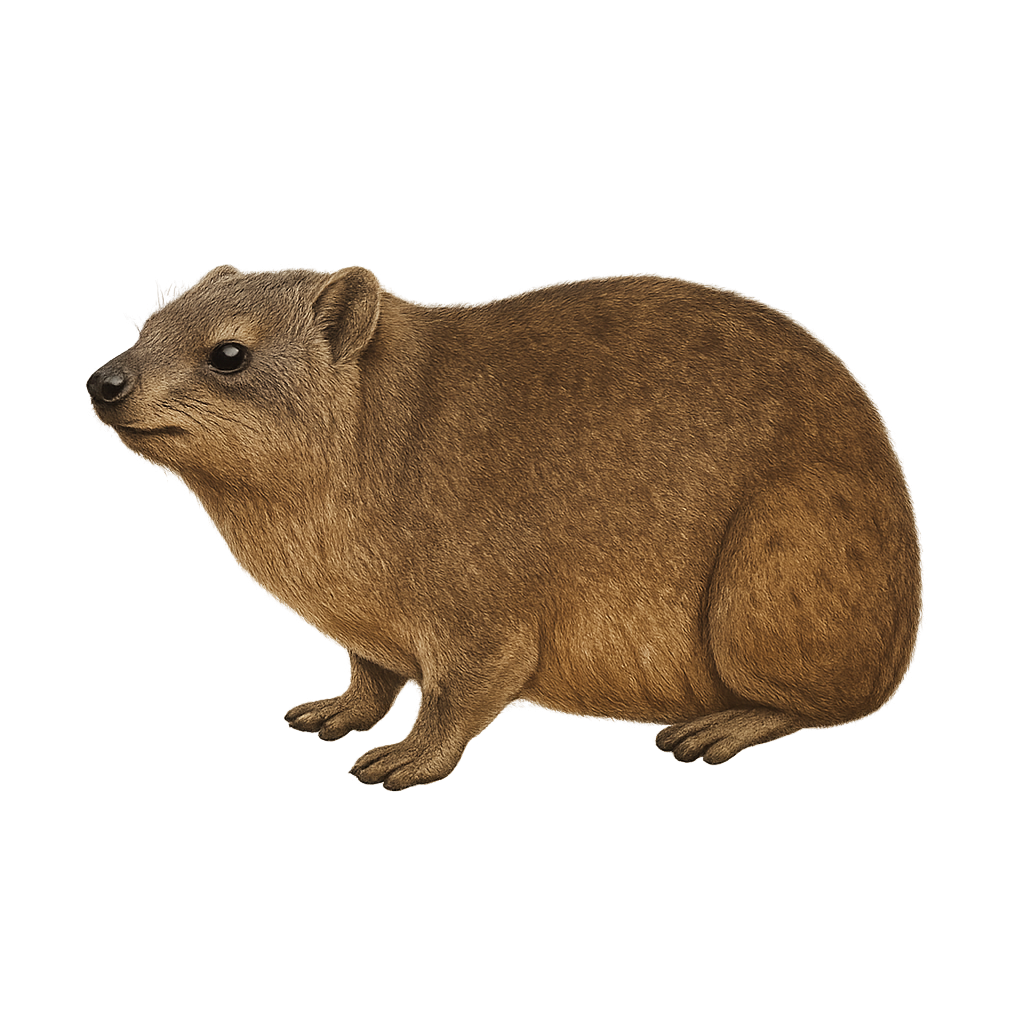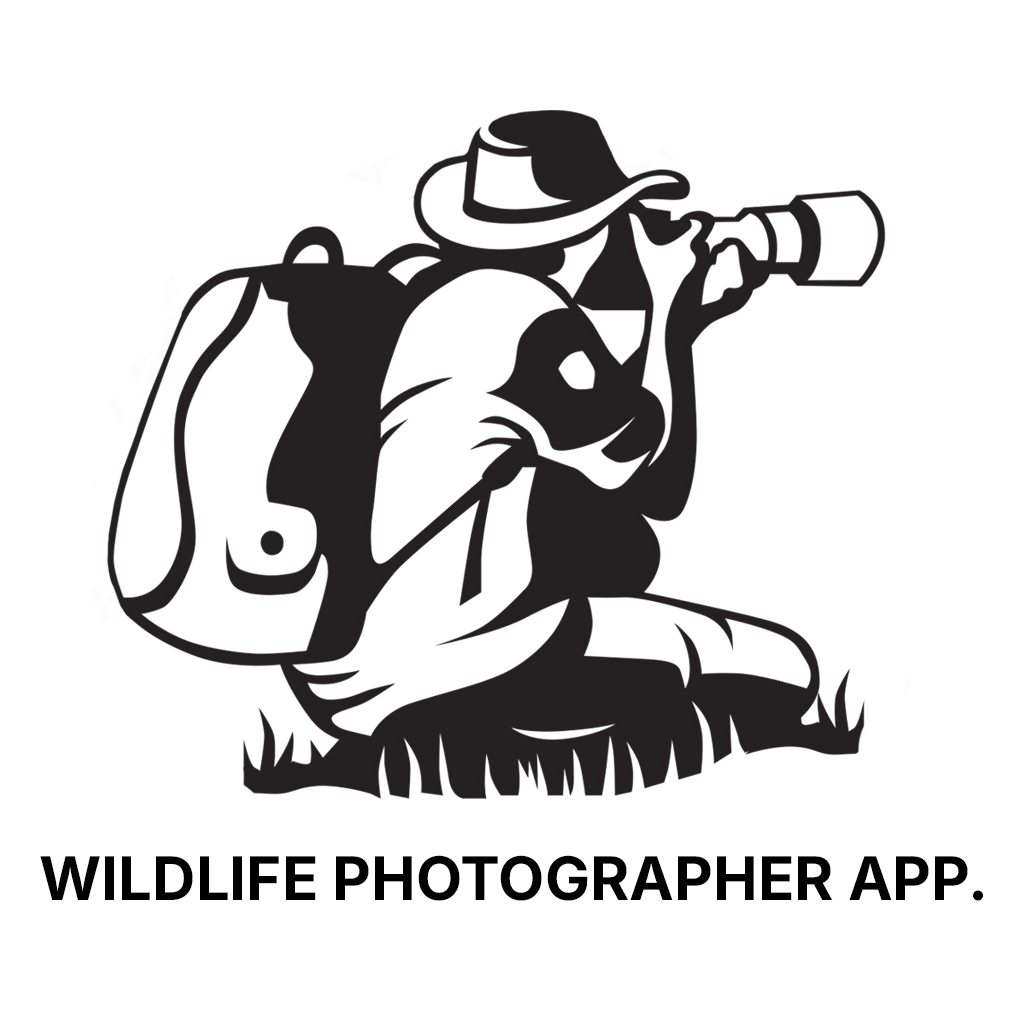Your wildlife photography guide.
Explore the rock hyrax in detail, study its behavior, prepare your shots.
Where to observe and photograph the rock hyrax in the wild
Learn where and when to spot the rock hyrax in the wild, how to identify the species based on distinctive features, and what natural environments it inhabits. The WildlifePhotographer app offers tailored photography tips that reflect the rock hyrax’s behavior, helping you capture better wildlife images. Explore the full species profile for key information including description, habitat, active periods, and approach techniques.
Rock Hyrax
Scientific name: Procavia capensis

IUCN Status: Least Concern
Family: PROCAVIIDAE
Group: Mammals
Sensitivity to human approach: Tolerant
Minimum approach distance: 10 m
Rut period: August to September
Gestation: 210-240 jours
Births: March to April
Habitat:
Rocky areas, cliffs, savannas
Activity period :
Primarily active during the day, with peak activity in the morning and late afternoon.
Identification and description:
The rock hyrax, or Procavia capensis, is a small herbivorous mammal found in Africa and the Middle East. It resembles a large rodent but is more closely related to elephants. Measuring about 50 cm in length and weighing 4 to 5 kg, it has dense brown fur, rounded ears, and short legs. Rock hyraxes live in colonies and are often seen basking on rocks. They communicate through a variety of calls and have a complex social structure. Although primarily herbivorous, they may also consume insects. Their adaptation to rocky environments allows them to evade many predators.
Recommended lens:
400 mm – adjust based on distance, desired framing (portrait or habitat), and approach conditions.
Photography tips:
To photograph the rock hyrax, it is advisable to use a 400mm or longer telephoto lens to capture detailed images without disturbing the animal. As hyraxes are diurnal, aim for early morning or late afternoon for soft lighting. Look for them on rocks where they like to bask. Maintain a safe distance of at least 10 m to avoid scaring them. Be patient and wait for them to relax to get natural shots.
From knowledge to field practice
A species profile helps you understand an animal. In the field, the challenge is often different. Remembering your own observations.
The WildlifePhotographer app allows you to:
• record your personal observations
• note locations, dates, and behaviors
• revisit your field references over time
• build a private and long-term field logbook
The app does not provide observation locations.
It helps you organize what you actually observe, with respect for wildlife.

